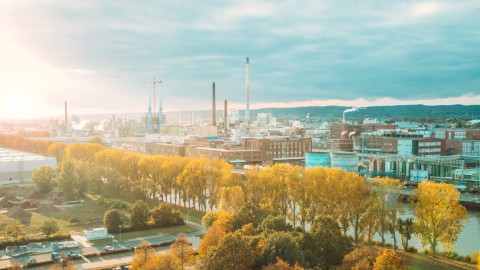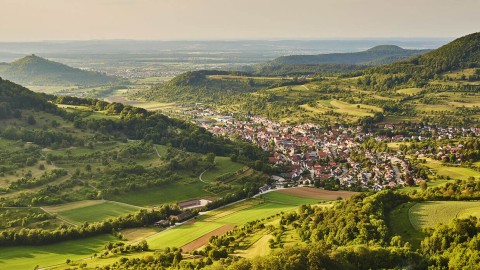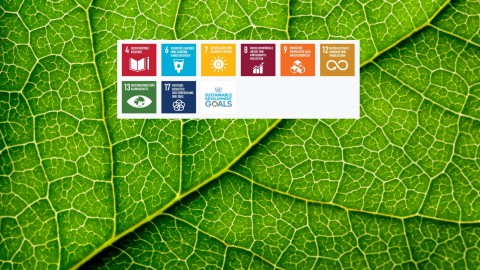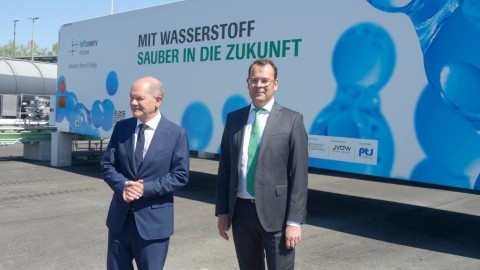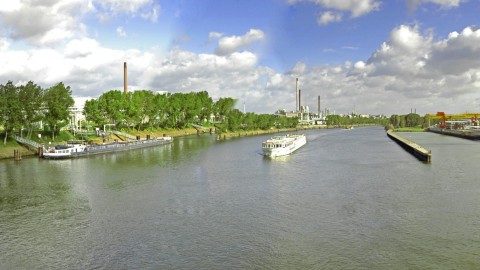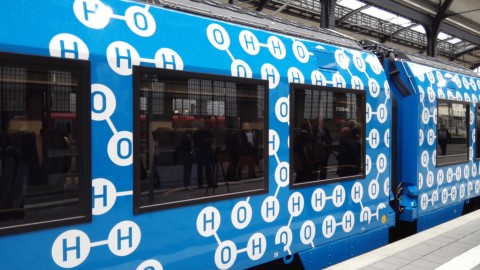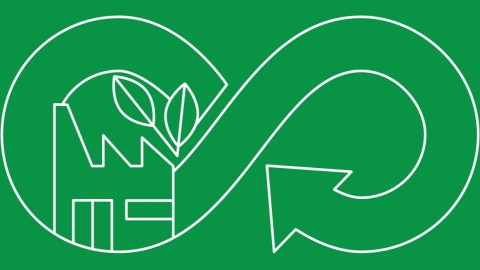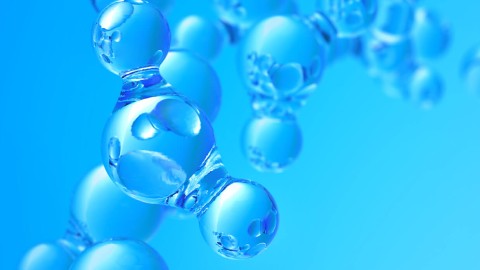Carbon capture put to the test - on the way to a more circular economy?
Infraserv is launching a pilot project at Industriepark Höchst to capture CO2 produced by industrial processes. The goal is to find out how efficiently and economically CO2 can be captured from large-scale incineration plants.
Infraserv has teamed up with the Düsseldorf-based, international GEA Group and its subsidiary GEA Wiegand to explore the potential of the carbon capture process at Industriepark Höchst. To this end, GEA will set up a carbon capture pilot plant at the beginning of April 2025 and connect it to the waste incineration plant. The pilot plant will be delivered in a container (6.0 m x 2.4 m x 10.0 m), which Infraserv intends to put through its paces for a period of three months.
‘In order to build our own large carbon capture plant at Industriepark Höchst in the future, pilot plants at the waste incineration plant and possibly other plants are essential to test and better understand this process and collect the necessary data.’
Joachim Kreysing, Managing Director of Infraserv Höchst
Large-scale CO2 capture - new pilot plant at Industriepark Höchst
The challenge: to explore the separation of CO₂ at incineration plants and gain experience with the technology. ‘Essentially, it's about evaluating the energy requirements, efficiency and costs of a large-scale separation plant with amine scrubbing at a waste incineration plant,’ explains Dr Sirko Ogriseck, Project Manager at Infraserv.
Focus on green hydrogen and electricity
Infraserv deliberately chose the waste incineration plant for the carbon capture plant because the company wants to supply start-ups with biogenic CO₂ in the future that use low-carbon energy sources such as green hydrogen and electricity in their syntheses. Another potential facility for carbon capture with a biogenic component at the site is the substitute fuel incineration plant.
How is CO2 separated in the pilot plant?
Firstly, the flue gas flow is tapped at the chimney of the waste incineration plant and fed into the pilot plant. During CO₂ separation with amines, the CO₂ is washed out of the flue gases. An amine-water mixture absorbs the CO2. This is released by heating and then collected again. The separated CO2 can then be tested for purity and provides further data on the separation process.
Pilot plant as part of an EU project
Infraserv sees carbon capture as a further step towards making industrial processes more sustainable. The method is suitable for this purpose,
- further reduce CO2 emissions
- avoid waste
- conserve fossil resources
- realise circular economy concepts
The pilot plant is supported and partly financed by the EU project IS2H4C (From Industrial Symbiosis to Hubs for Circularity). This focuses on the use of systemic industrial symbioses through innovative technologies such as carbon capture and electrolysis. In addition to carbon capture, Infraserv Höchst is also involved in methanol synthesis and waste heat utilisation as part of the EU project.
Infraserv has experience with innovative CO2 utilisation
Carbon capture is another interesting CO2 capture technology for Infraserv. The company has been capturing CO2 at the biogas upgrading plant at Industriepark Höchst for several years now. Starting in summer 2025, it will be sent to INERATEC's power-to-liquid plant to be combined with hydrogen to produce synthetic fuels such as paraffin. The captured CO2 can also be used in the production of chemicals such as methanol, urea and polycarbonates. In plastics production, CO2 is integrated into polyurethanes, making it possible to replace fossil raw materials.
‘We want to create the best conditions at Industriepark Höchst and enable our customers to move towards sustainability - this also includes the options for utilising CO₂.’
Joachim Kreysing, Managing Director of Infraserv Höchst
Would you like to find out more about the technology and the possibilities of CO2 capture?
Ask our experts about the Infraserv carbon capture pilot project!


